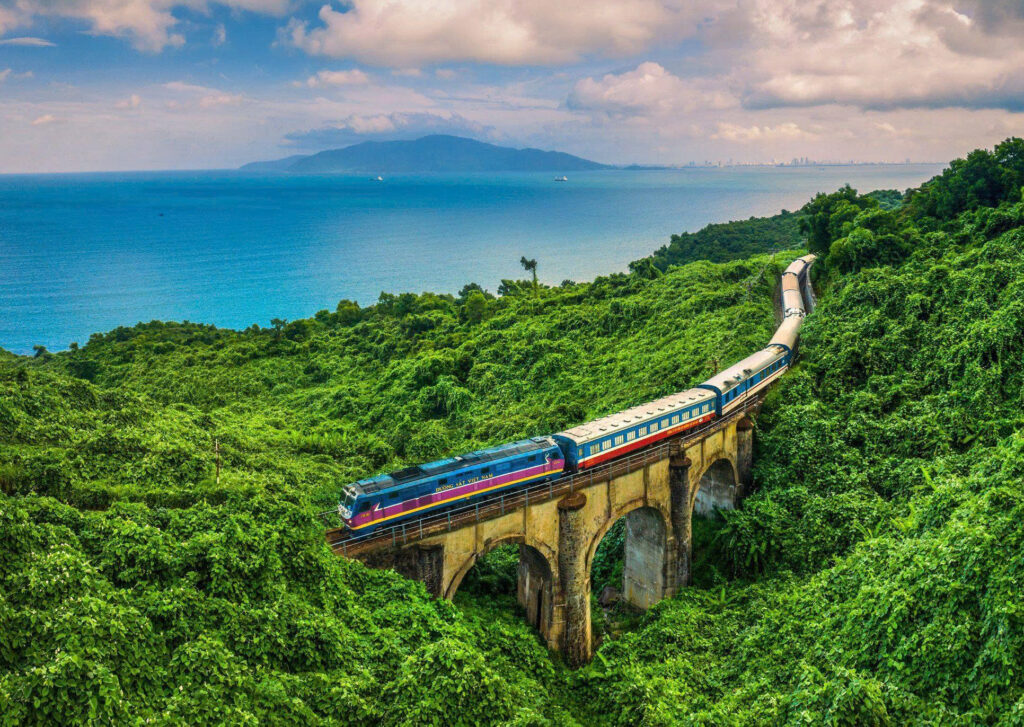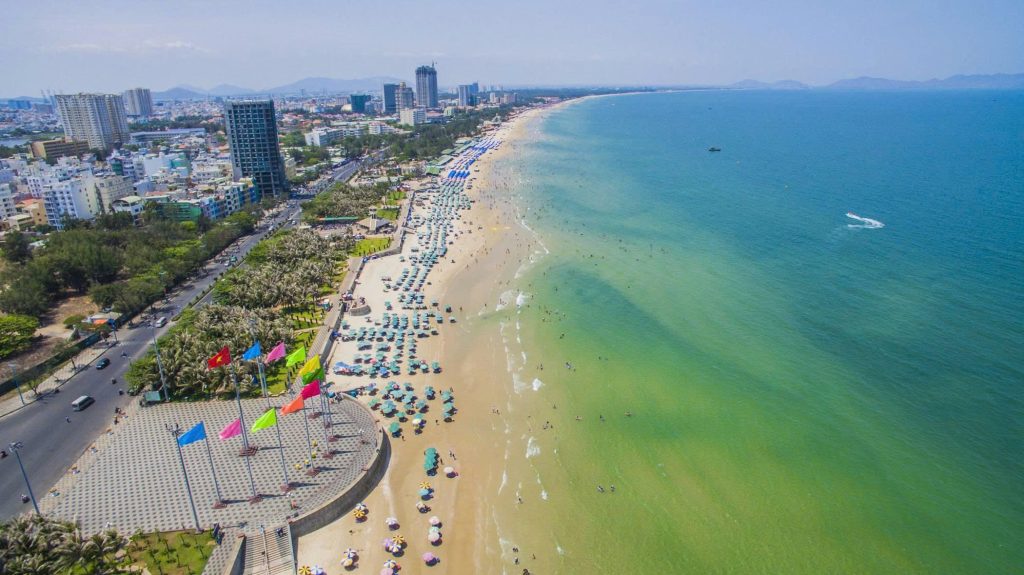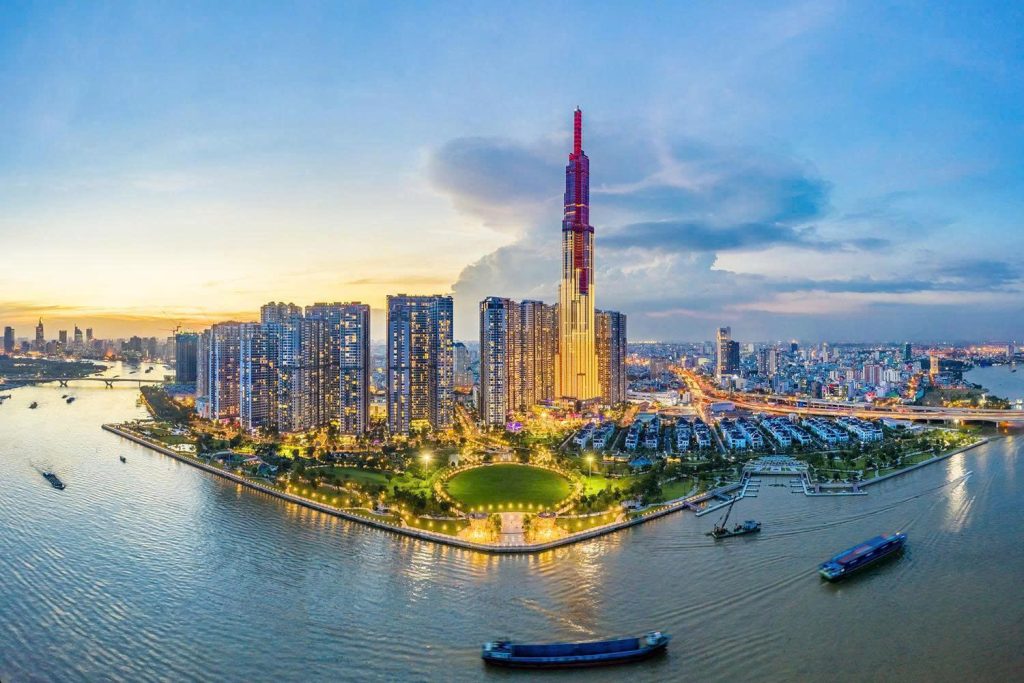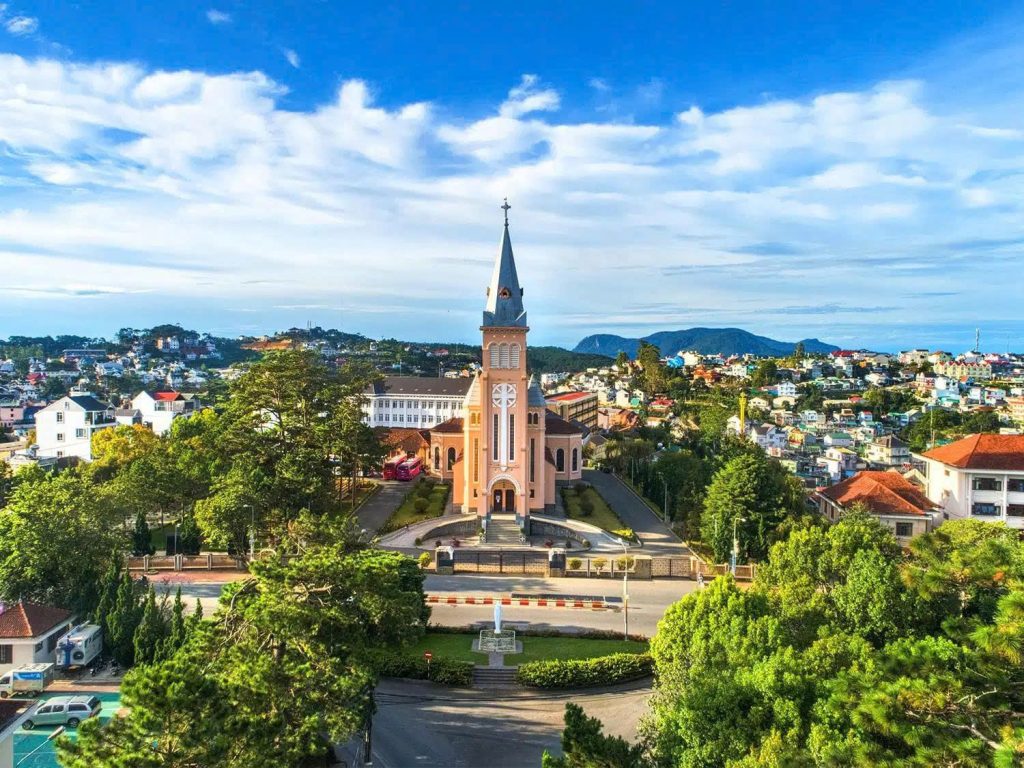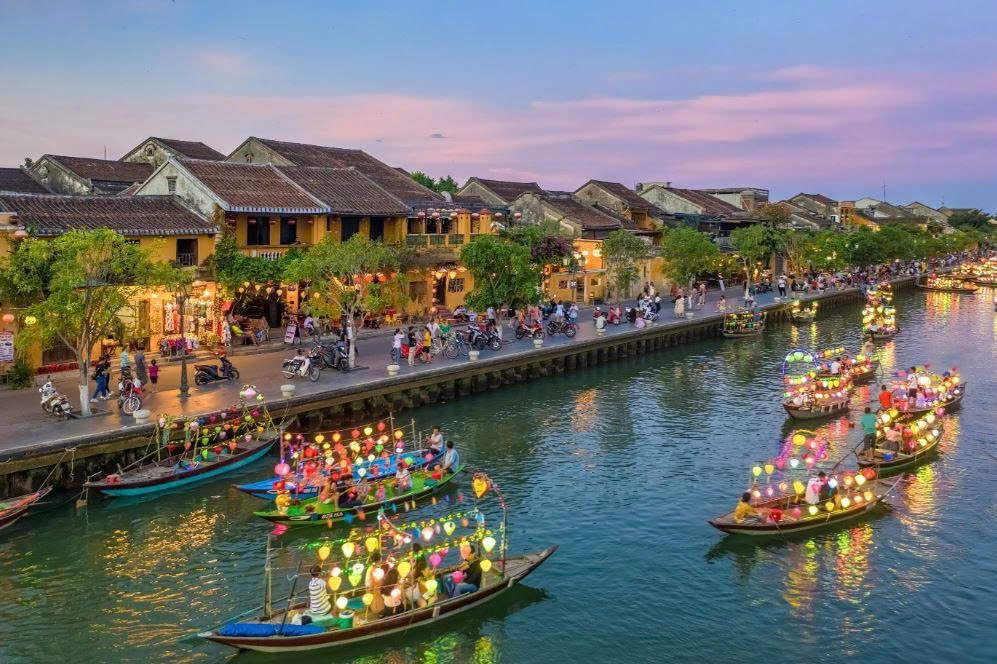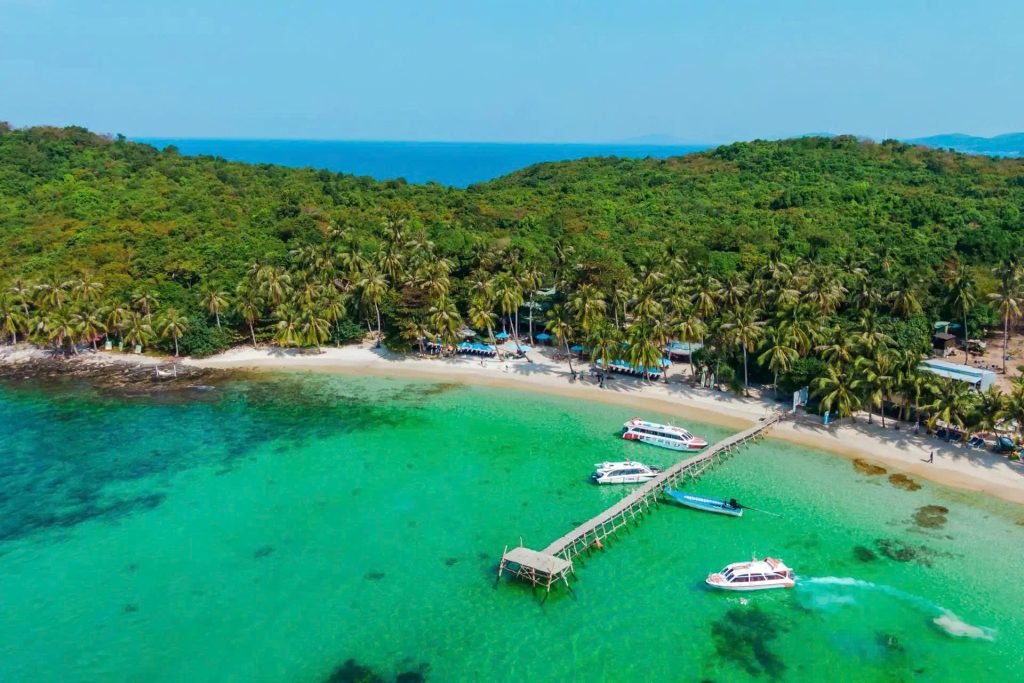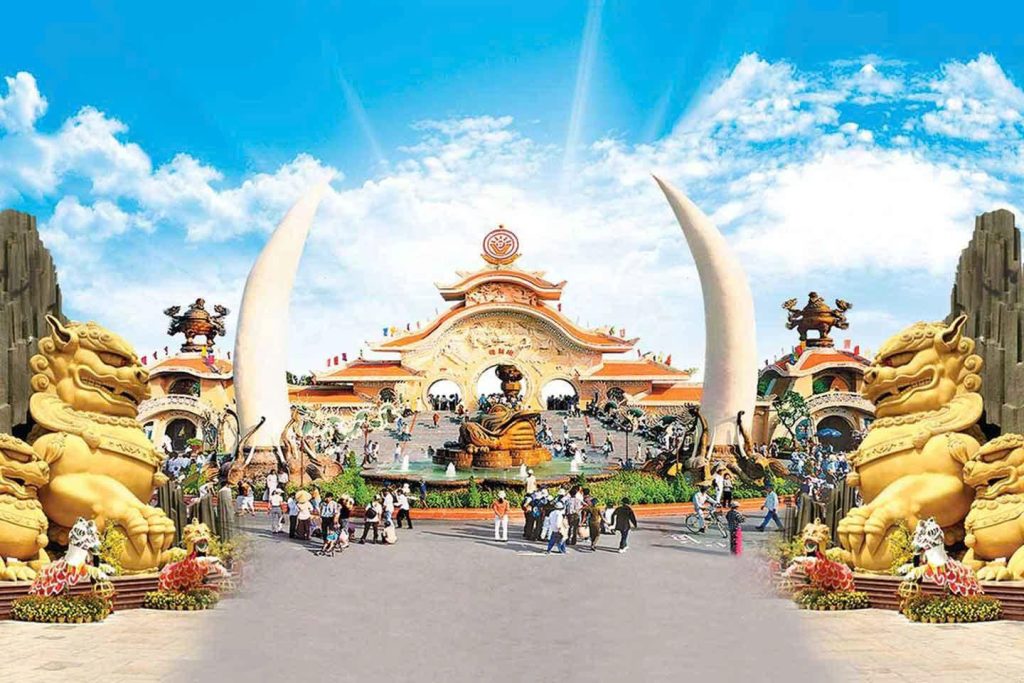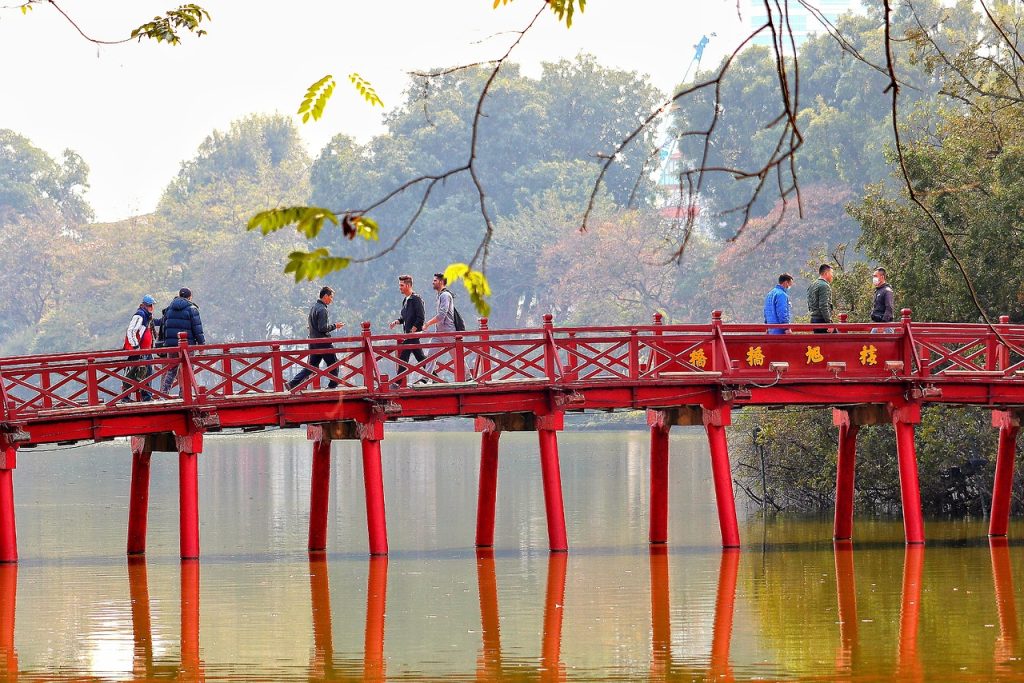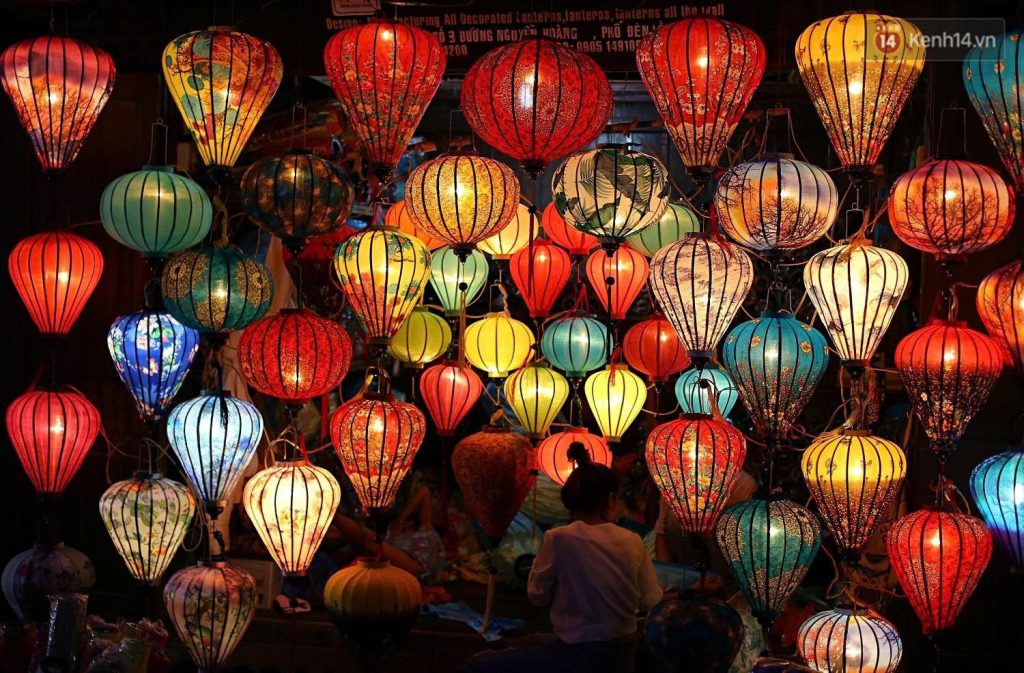Vietnam, a country famed for its breathtaking landscapes, vibrant culture, and delectable cuisine, offers numerous ways to explore its length. While buses offer flexibility and flights provide speed, there’s a unique charm to traversing this S-shaped nation by train. The click-clack of the tracks, the ever-changing scenery, and the chance to connect with local life make train travel an unforgettable part of the Vietnamese adventure.
Why Choose Train Travel in Vietnam?
Before diving into the specifics, let’s explore why the train might just be your ideal mode of transport.
Advantages of Train Travel
- Scenic Views and Unique Experience: Unlike road travel which can be monotonous, train journeys in Vietnam offer unparalleled views. You’ll witness paddy fields, bustling towns, serene coastline, and rugged mountains unfolding outside your window. The iconic Reunification Express, especially sections like the Hai Van Pass, offers some of the most breathtaking coastal vistas.
- Comfort and Space: Compared to often cramped buses, trains provide significantly more space to stretch out, walk around, and even sleep comfortably, especially in sleeper berths.
- Safety and Reliability: Train travel is generally considered one of the safest forms of transport in Vietnam. Delays can occur, but serious incidents are rare.
- Meeting Locals and Fellow Travelers: Trains are a melting pot of locals commuting and tourists exploring. This offers a fantastic opportunity to interact, share stories, and experience a slice of authentic Vietnamese life.
- Environmentally Friendlier: For eco-conscious travelers, trains offer a more sustainable option compared to short-haul flights.

Disadvantages of Train Travel
- Slower Travel Time: Trains are considerably slower than domestic flights, particularly for long distances (e.g., Hanoi to Ho Chi Minh City can take 30-40 hours).
- Less Flexibility: Train schedules are fixed, and routes don’t always reach every remote destination, requiring supplementary transport.
- Comfort Varies: While generally better than buses, the comfort level can vary significantly depending on the class of travel and the specific train.
Understanding Vietnam’s Railway System
Vietnam Railways (VNR) primarily operates Vietnam’s train network. The backbone of this system is the North-South railway line, famously known as the Reunification Express (or SE trains), which spans over 1,700 kilometers.
The Reunification Express (North-South Line)

This famous railway extends from Hanoi in the north to Ho Chi Minh City (Saigon) in the south, passing through much of Vietnam’s rich and diverse scenery.
- Main Route: Hanoi – Ninh Binh – Dong Hoi – Hue – Da Nang – Quang Ngai – Quy Nhon – Nha Trang – Phan Thiet (for Mui Ne) – Ho Chi Minh City.
- Key Stops Along the Way: Travelers often break up the long journey with stops in cultural hubs like Hue, beach paradises like Da Nang and Nha Trang, or the scenic town of Ninh Binh.
- Journey Duration and Frequency: The full journey takes approximately 30-40 hours, but individual segments are much shorter. Multiple trains run daily in both directions.
Other Popular Train Routes
While the Reunification Express is the main artery, other important lines serve popular tourist destinations:
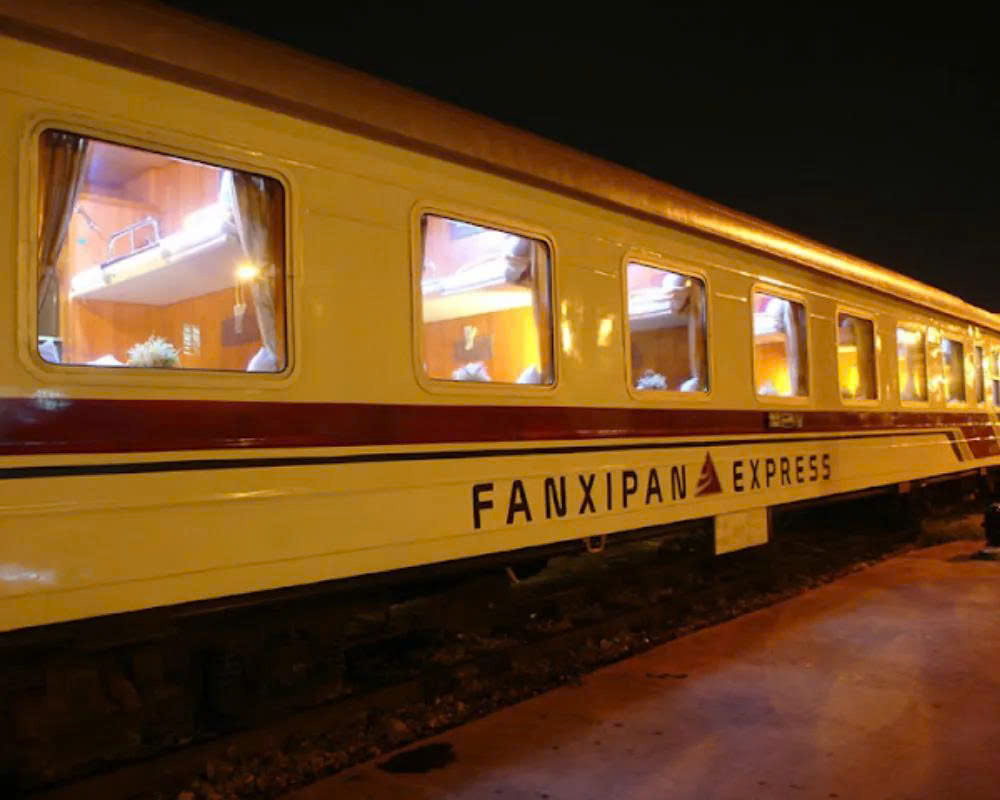
- Hanoi to Lao Cai (for Sapa): This particular route is a highly favored option for overnight sleeper trains. From Lao Cai station, it’s a short bus or taxi ride to the mountain town of Sapa. Various private tourist carriages (like Livitrans Express, Violette Express, Fanxipan Express) are attached to the public trains, offering higher comfort levels.
- Local and Branch Lines: There are also shorter, regional lines, but these are less frequently used by international tourists. For example, to reach Da Lat, you typically take the train to Nha Trang or Phan Thiet and then connect by bus.
Train Types and Classes
Vietnam Railways offers several classes, catering to different budgets and comfort preferences:

- Hard Seat (Ghế cứng): Basic, non-reclining wooden or plastic seats. Cheapest option, but only recommended for very short journeys.
- Soft Seat (Ghế mềm): Padded, reclining seats, more comfortable for day trips. Often air-conditioned.
- Hard Sleeper (Giường cứng): Six berths per cabin (three on each side), usually with basic bedding. Can feel a bit cramped, but offers a bed.
- Soft Sleeper (Giường mềm): Four berths per cabin (two on each side), more spacious and comfortable with better bedding. For overnight travel, this is typically the top recommendation.
- VIP/Tourist Carriages: These are private carriages attached to regular VNR trains, operated by separate companies (e.g., Livitrans Express, Golden Train, Victoria Express). They offer higher standards of comfort, amenities, and often include meals. You’ll find these most frequently on the Hanoi-Lao Cai railway.
How to Book Train Tickets in Vietnam
Booking your train tickets in advance is highly recommended, especially for popular routes, sleeper berths, or during peak seasons and holidays (like Tet Lunar New Year).

Booking Online (Most Recommended)
This is the easiest and most convenient method for foreign travelers.
- Official Vietnam Railways Website: https://dsvn.vn/: While an official source, its interface can sometimes be challenging for international users, and credit card acceptance may vary.
- Trusted Third-Party Agencies: Websites like Baolau.com and 12Go.asia are highly recommended.
- Advantages: User-friendly interfaces, English language support, reliable booking, clear pricing, and often provide e-tickets directly to your email. They charge a small service fee for their convenience.
- Process: Simply select your origin, destination, date, and preferred class. You’ll typically receive an e-ticket that you can print or show on your phone.
- When to Book: For popular routes and sleeper berths, book at least 2-4 weeks in advance. During peak season or holidays, book 1-2 months ahead.
Booking at Train Stations
You can purchase tickets directly at any train station.
- Process: Go to the ticket counter. It helps to write down your desired route, date, time, and class on a piece of paper to avoid language barriers.
- Pros: No booking fees.
- Cons: Can involve queues, language difficulties, and tickets for popular routes might be sold out, especially if booking last-minute.
Booking Through Travel Agencies/Hotels

In Vietnam, numerous local travel agencies and hotels offer train ticket booking services.
- Pros: Very convenient, especially if you’re already booking other services with them.
- Cons: They will usually add a surcharge for their service.
Essential Information for Booking
Always have your passport details ready when booking, as this information is required for tickets.
What to Expect Onboard a Vietnamese Train
The experience can vary based on your chosen class, but here’s a general overview:
Facilities and Amenities

- Toilets: Available on all trains. Cleanliness can vary, especially on older trains. It’s recommended to pack your own toilet paper and hand sanitizer.
- Food and Drinks: A trolley service often passes through carriages selling basic snacks, instant noodles, and drinks. On extended trips, you might find a dining car serving basic hot dishes. Some longer train rides feature a dining car offering simple hot food.
- Power Outlets and Wi-Fi: Power outlets are usually available in soft sleeper cabins and some soft seat carriages. Wi-Fi is generally not reliably available on most trains, so plan for offline entertainment.
- Luggage Storage: There are overhead racks for smaller bags, and space under bunks in sleeper cabins.
Sleeping on the Train (for overnight journeys)
- Bed Comfort: Soft sleepers offer the best comfort. Beds come with a pillow and blanket.
- Noise Level: Can vary. Some trains are quieter than others. Locals might chat late or wake early.
- Security Tips: Keep your valuables (passport, wallet, phone) in a small, secure bag close to you, or even sleep with them. Lock your main luggage if possible.
Interacting with Locals and Staff
Vietnamese train staff are generally friendly and helpful. Locals often commute by train and may be curious about foreign travelers. A smile and a few basic Vietnamese phrases (“Xin chào” – hello, “Cảm ơn” – thank you) can go a long way.
Popular Train Routes and What You’ll See
Exploring Vietnam by train presents an unparalleled outlook on the country.
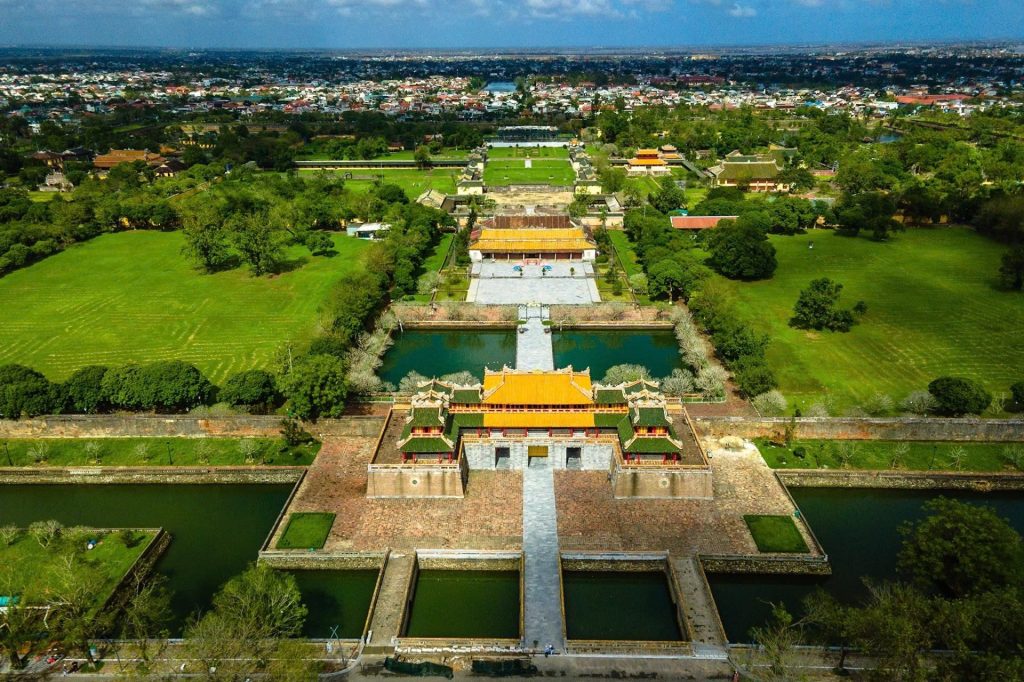
- Hanoi to Hue/Da Nang: The Central Coast Journey: This segment of the Reunification Express is renowned for its stunning coastal views, especially the section traversing the Hai Van Pass between Hue and Da Nang. The train winds its way along the dramatic coastline, offering glimpses of pristine beaches and rugged cliffs.
- Hanoi to Lao Cai: Gateway to Sapa’s Mountains: This overnight journey takes you through the lush northern countryside, passing by vast rice fields and traditional villages, before reaching the majestic mountains near Lao Cai as dawn breaks.
- Ho Chi Minh City to Nha Trang: Southern Coastal Bliss: This route showcases the vibrant southern landscapes before transitioning to beautiful coastal scenery as you approach the popular beach city of Nha Trang.
Suggestions for an Enjoyable Train Ride in Vietnam
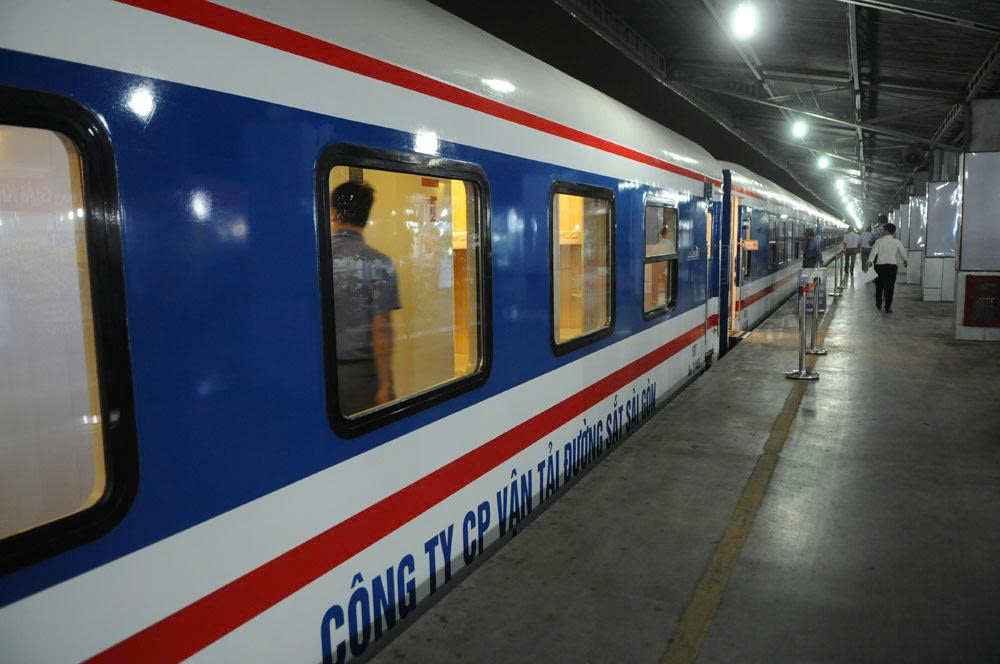
- Arrive Early at the Station: Aim to be at the station at least 30-45 minutes before departure, especially if you need to pick up tickets.
- Pack Smart: Keep essentials (toiletries, snacks, water, phone, charger, valuables) in a small, easily accessible bag. Your main luggage can be stored in designated areas.
- Be Prepared for Delays: While reliable, Vietnamese trains can sometimes run late. Factor this into your schedule, especially if you have connecting plans.
- Download Offline Maps and Entertainment: Don’t rely on Wi-Fi. Have offline maps, e-books, podcasts, or movies ready for longer journeys.
- Learn Basic Vietnamese Phrases: A few simple phrases can enhance your interactions and navigate minor issues.
REATED: How to Travel from Hanoi to Ho Chi Minh City by Train
Train vs. Other Transport: Which is Best for You?
- Train vs. Bus: Trains are generally more comfortable, spacious, and safer for long distances, especially overnight. Buses are often quicker for shorter, direct routes and more flexible in terms of destination reach.
- Train vs. Flight: Flights are significantly faster for covering long distances, saving valuable travel time. Trains offer a more immersive cultural experience, are generally more comfortable for overnight travel than long bus rides, and allow you to see the landscape up close. Cost-wise, trains can be cheaper than last-minute flights but more expensive than buses.
RELATED: Vietnam Travel Guide 2025 & 2026: Visa, Costs, and Essential Tips
Traveling by train in Vietnam is more than just a means of transport; it’s an integral part of the adventure. It allows you to slow down, absorb the incredible scenery, and connect with the heart of the country. From the iconic Reunification Express journey along the coast to the scenic overnight ride to Sapa, opting for the railway offers a unique and memorable way to explore Vietnam.

